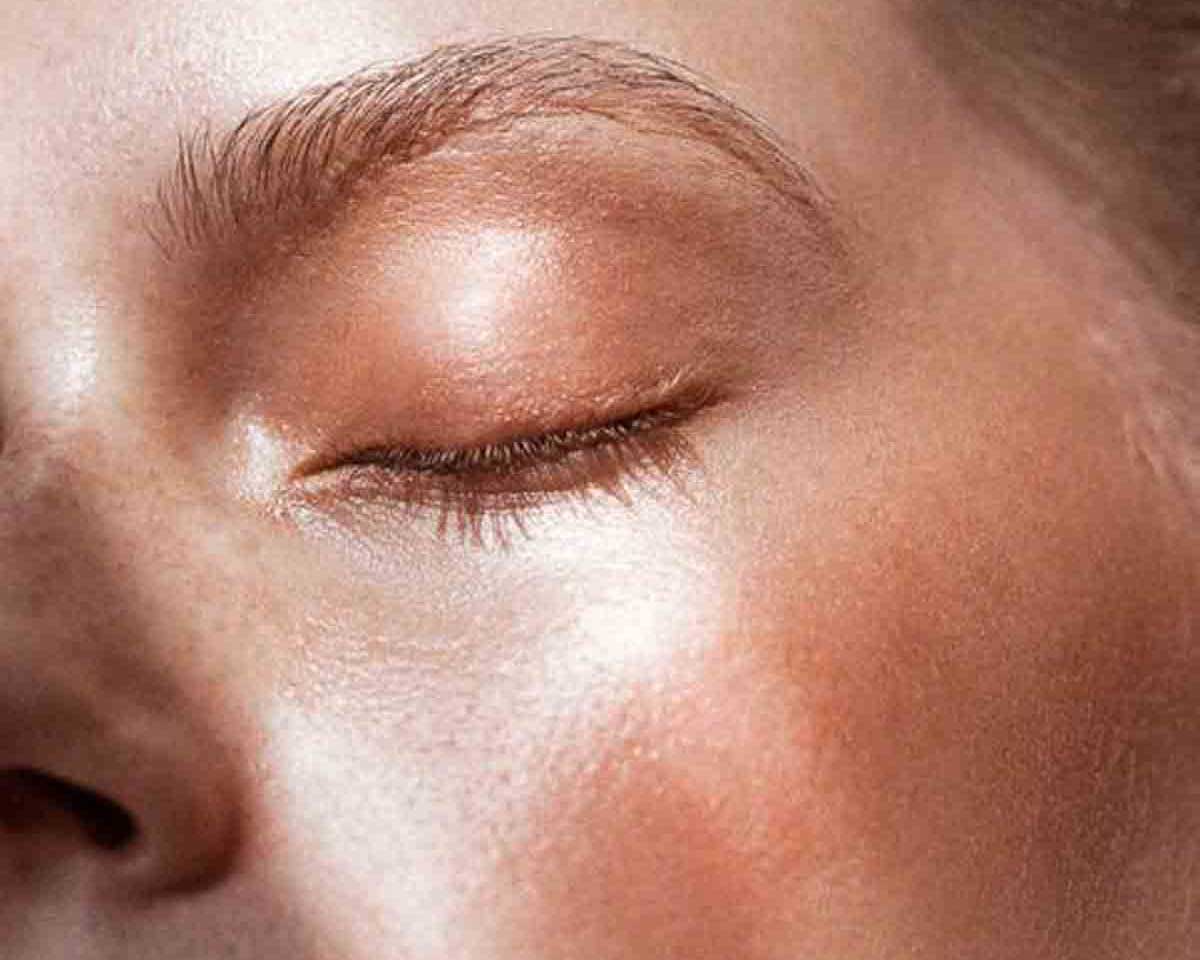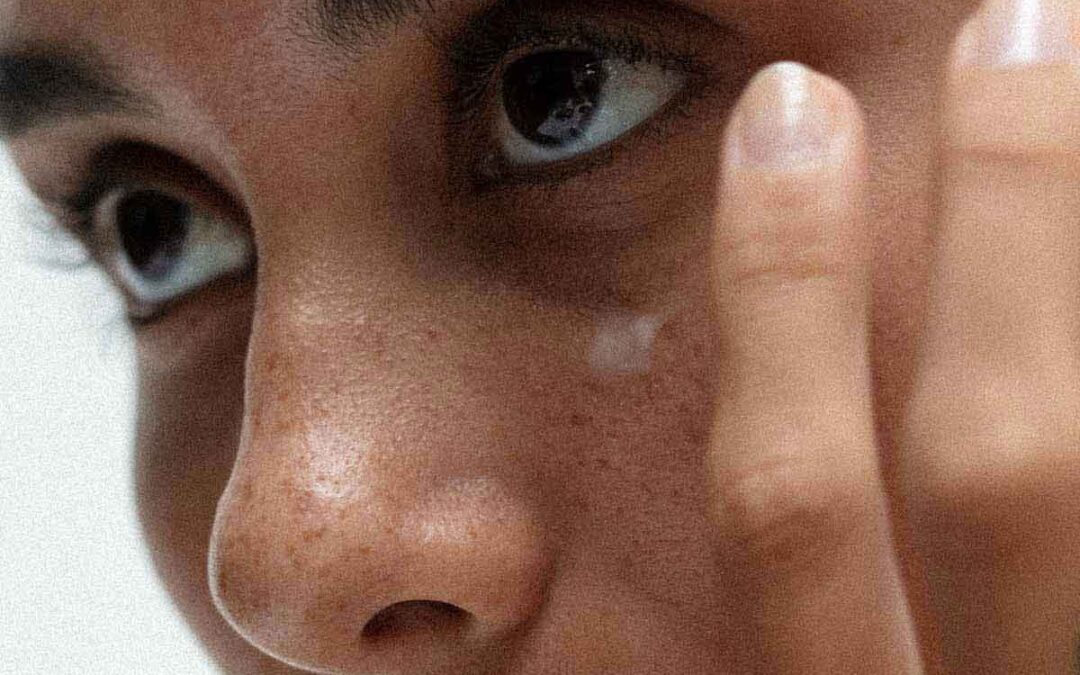Rosacea is a chronic facial inflammatory dermatosis characterized by background facial erythema and flushing. It may be accompanied by inflammatory papules and pustules, cutaneous fibrosis and hyperplasia, and even ocular involvement. While the exact cause of rosacea has not been defined yet, combination therapy can help target all its symptoms. For a more detailed list of natural remedies on how they work, check out our article: Natural Remedies for Rosacea: What Works?
In this article, we will go over tips for avoiding rosacea triggers so that you can effectively manage them and reduce flare-ups.
What is Rosacea, and How to Identify It?
Rosacea is a chronic and recurrent inflammatory disorder; clinical manifestations often vary in nature and severity over time. It primarily affects the face but can also appear on the neck, chest, and scalp. It typically starts with a tendency to blush or flush more easily than others. Over time, the redness becomes more persistent, and small blood vessels may become visible. Other symptoms include bumps and pimples, eye irritation, and skin thickening.
Understanding the Types of Rosacea
An expert panel of Canadian dermatologists has classified rosacea into four subtypes, which may occur concurrently:
- Erythematotelangiectatic rosacea (ETR) is characterized by flushing and persistent centrofacial erythema;
- Papulopustular rosacea (PPR) by the presence of inflammatory papules and pustules with ETR;
- Phymatous by marked skin thickening and surface nodularities, most commonly affecting the nose; and
- Ocular by blepharitis and conjunctivitis, which often occur in conjunction with other cutaneous features and can lead to visual dysfunction in severe cases
Due to the multifactorial pathogenesis of rosacea, its clinical presentation is heterogeneous, meaning that each case is unique. Individuals with rosacea rarely present with only one clinical feature; most have multiple components to their presentation.
Identifying your Rosacea type is fundamental to understand how to combat its symptoms, and how to avoid the most frequent rosacea triggers.

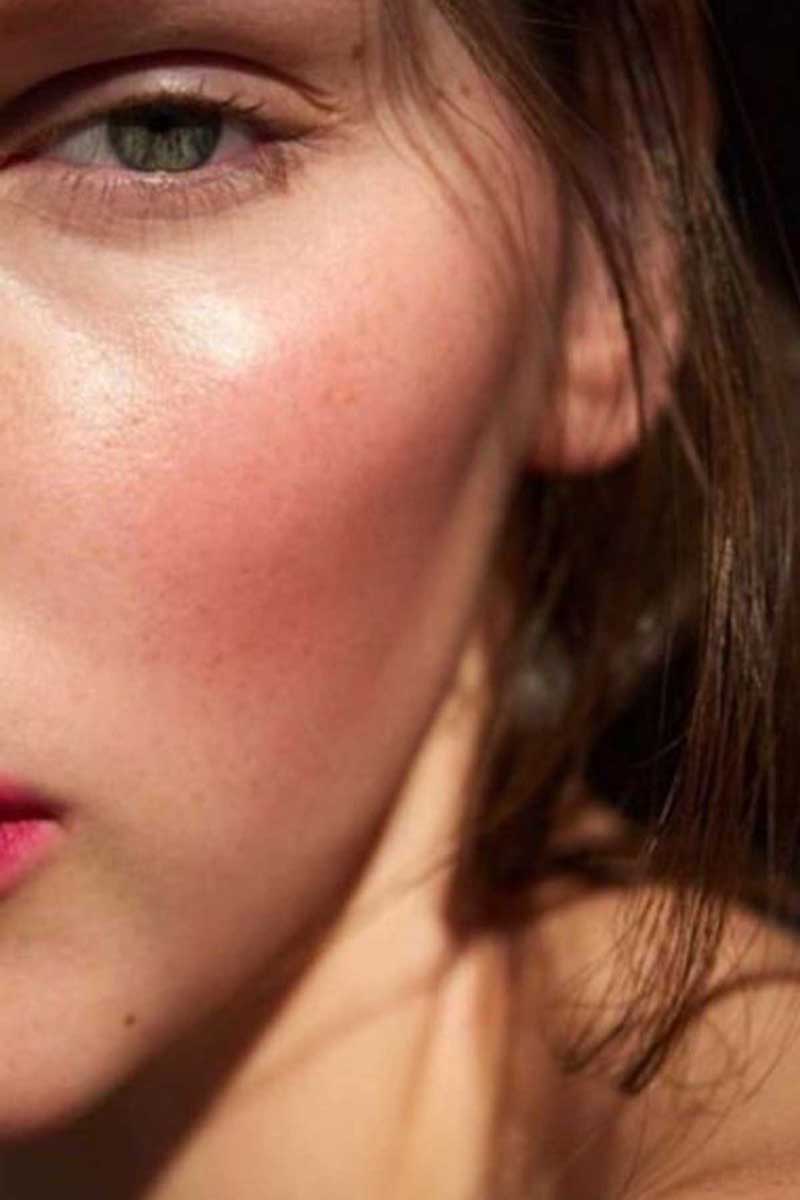
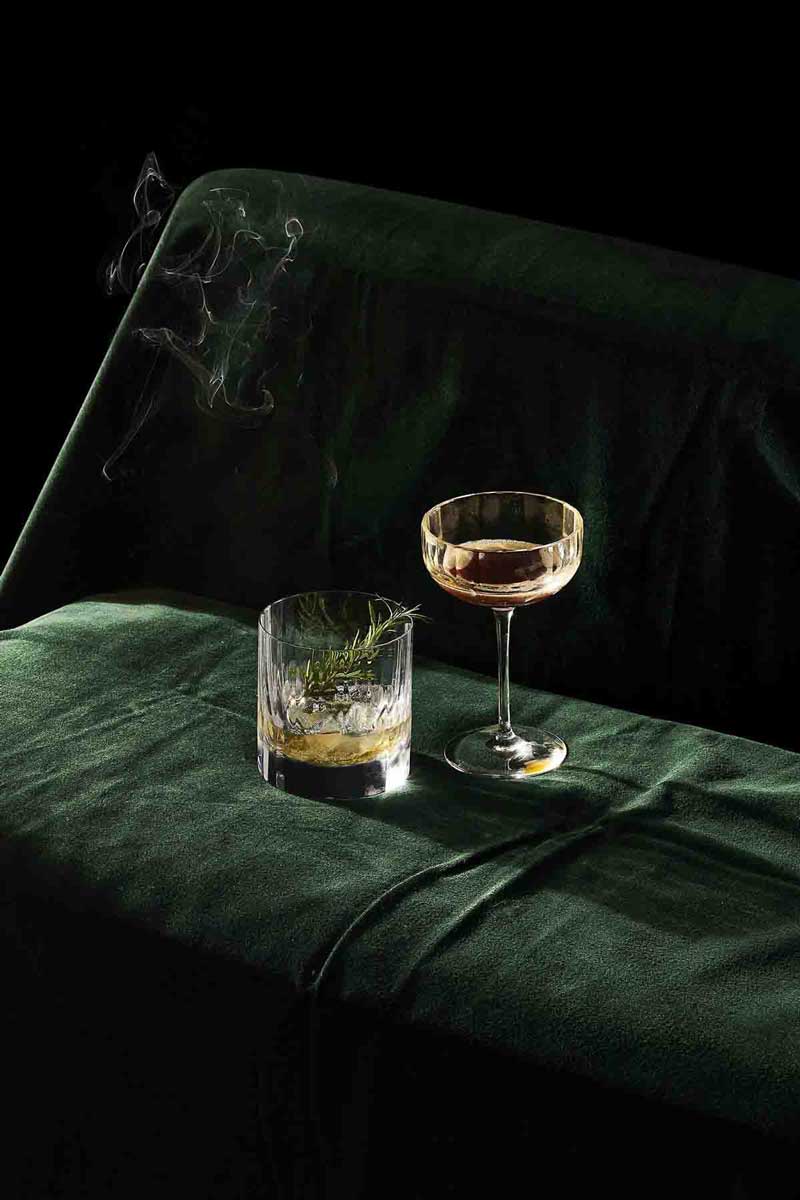
Common Rosacea Triggers
Being a multifactorial pathogenesis, it is essential to recognize the triggering factors that affect you the most. After many years dealing with Rosacea patients trough my customers, I have found that by keeping a diary of the effects of the environmental triggers that worsen your flare-ups, you can provide valuable information to your skincare professional to help them find the correct combination therapy for you.
Sun Exposure
Sunlight can be a significant rosacea trigger for most people suffering from its flare-ups. The UV rays in it can dilate blood vessels and increase facial redness. Protecting the skin from the sun is highly recommended for individuals with rosacea. Medical research has proven the importance of sunscreen to protect the skin from a Rosacea flare-up. Using sunscreens containing ingredients with emollient, anti-inflammatory, and/or vasoregulatory properties improved symptomatology significantly. Also, try wearing hats that shade the affected areas and seek shade during high sun hours to avoid UV rays.
Dietary Triggers
Nutrition has been linked as a contributing factor to skin problems such as acne and rosacea. Certain types of foods and beverages are known to trigger rosacea symptoms in many individuals. Some of the most common bad boys that can cause flare-ups are:
- spicy foods,
- hot drinks,
- alcohol,
- caffeine, and
- histamine-rich foods like aged cheeses and fermented products.
Keeping a food diary can help you remember personal trigger foods. By tracking what you eat and noting any flare-ups, you can identify patterns and make informed choices about your diet to manage your rosacea. There are many apps that you can achieve this with, as an example I have personally used both Lifesum and MyFitnessPal.
Weather and Temperature
Extreme temperatures and switching between them can be significant Rosacea triggers. A daily example of this is the switch between cold air in the streets during the winter and entering a building that has heating or vice versa during the summer. Humid environments can also be Rosacea triggers since they tend to make people sweat more, triggering symptoms. Dressing in a way that protects the skin against weather and keeping a healthy, moisturized skin can help reduce these triggers.
Prolonged and Chronic Stress
While acute stress, or fight-or-flight response, is a vasoconstrictor redirecting blood to vital organs preparing for immediate action, prolonged and chronic stress has the opposite effect on the body. To deliver oxygen and nutrients to all the organs that need it, the body dilates the blood vessels worsening the symptoms of rosacea. Learning how to manage stress correctly and prioritizing self-care and relaxing activities, such as yoga or meditation, can help reduce the severity of flare-ups.
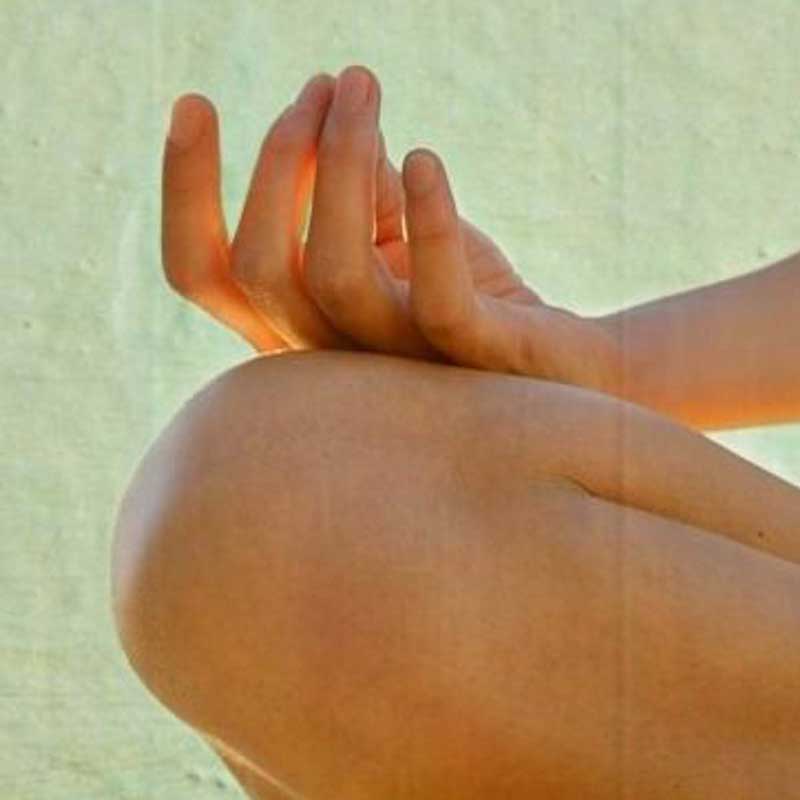
Skincare products
We rarely think that something sold to us to help with skin problems may worsen them. Having a plethora of skincare products available can overwhelm and confuse us, resulting in grabbing a product that can aggravate rosacea. Certain skincare products containing harsher ingredients like alcohol, fragrances, and abrasive exfoliants may be helpful to people with other skin conditions but not for people with rosacea. Instead, look for gentle, fragrance-free formulations specifically designed for sensitive skin. They are usually labeled as non-comedogenic and hypoallergenic.
Exercise
Physical activity is good for your overall health, but other factors must be considered while dealing with rosacea. Activities that lead to excessive sweating, like running under the sun, may trigger a flare-up. Instead, try low-impact activities such as swimming or yoga that are less likely to worsen the symptoms. Also, using a cool towel or splashing cold water on your face during workouts can help manage symptoms. Rosacea should not be the reason to stop all physical activity unless specifically directed by a healthcare professional. Instead, watch and listen to your body and make the necessary adjustments to live a balanced life that promotes both physical and skin health.
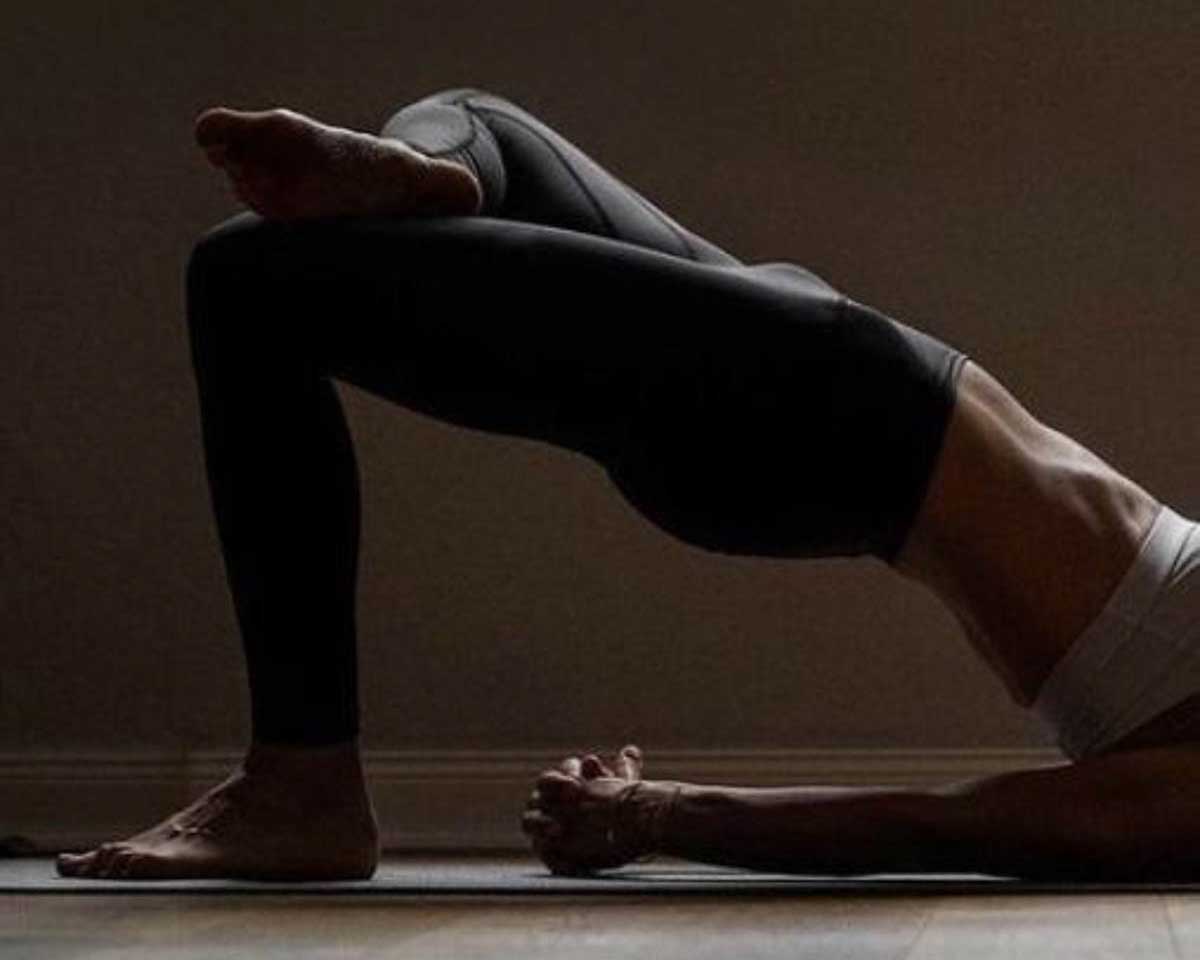
Other Potential Rosacea Triggers
In the previous paragraphs, we have discussed the most common exposome factors for rosacea. These environmental situations can cause or worsen flare-ups, but there’s more to rosacea than just external factors.
I have read a complete study on Rosacea triggers set to study a cohort of identical and fraternal twins to determine whether genetic factors contribute to rosacea development and, if genetic factors are present, quantitatively estimate the overall genetic contribution. They found that approximately half of the contribution could be accounted for by genetics and the other half by the environment.
Unfortunately, little can be done to change the genetic predisposition to rosacea, but many influencing factors can help reduce or even clear your skin. The importance of a proper skincare routine to maintain a healthy skin has been established, so keep track of your triggers, speak to your skincare professional, and if you are looking for a proper skincare routine that does not worsen your rosacea, check out this article: The Best Skincare Routine for Rosacea-Prone Skin.

